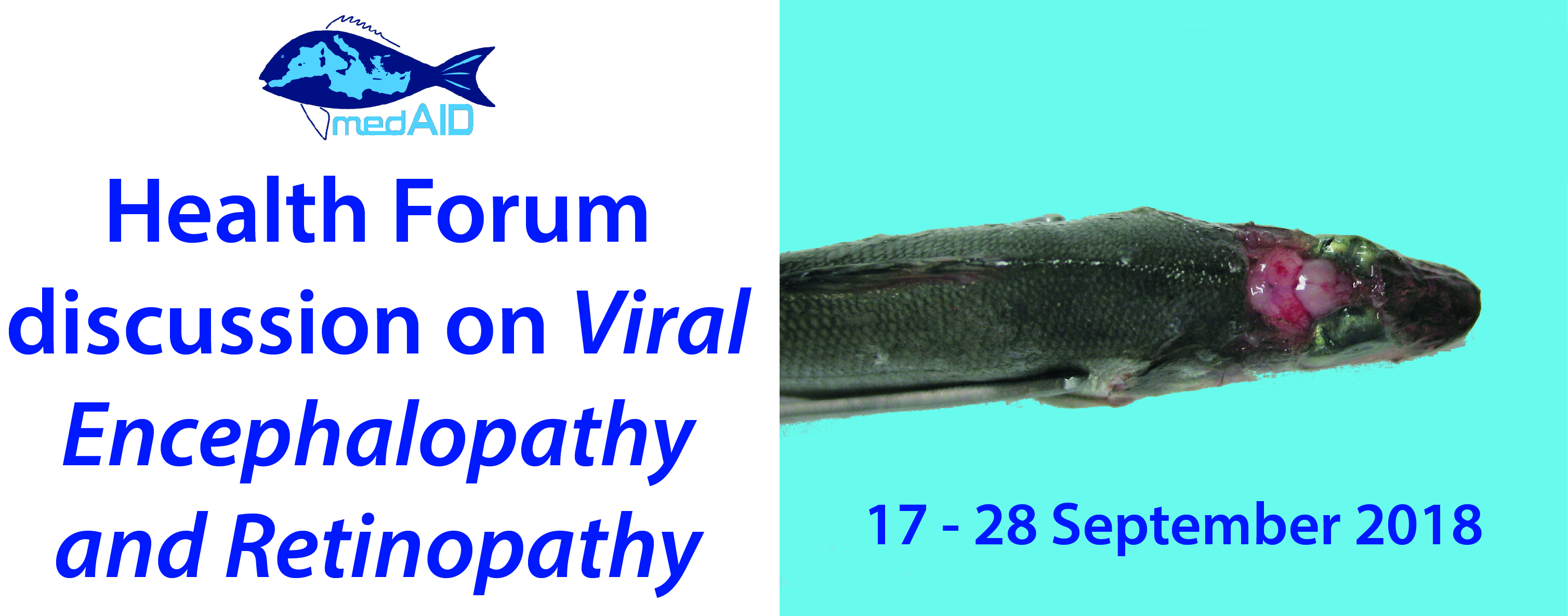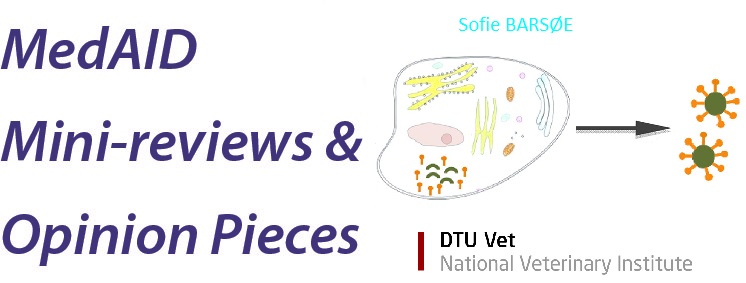Dates: 17-28 September 2018
Forum coordinator: Dr. Snježana Zrnčić, HVI. Zagreb, Croatia.
Discussion moderators:
Dr. Anna Toffan, IZSV, OIE Reference Laboratory for VER, Italy
Dr. Alain le Breton, VETEAU, France
Niccoló Vendramin, PhD student/Veterinarian, DTU-Aqua, Denmark
The discussion on Betanodavirus is the second topic addressed by the MedAID Health Forum, which is conceived as a platform to gather field diagnosticians, laboratories, relevant authorities in charge of disease management in the Mediterranean mariculture and other stakeholders.
Betanodavirus causes a disease known as Viral Encephalopathy and Retinopathy (VER), also known as Viral Nervous Necrosis (VNN). Since its first description during the early nineties, the disease is now endemic in the Mediterranean Sea and it is considered the most important viral disease affecting farmed and wild marine species. Betanodaviruses have an extended host range, including sea bass, groupers, flatfish and drums but the species that suffer more from this disease in the Mediterranean is undoubtedly the European sea bass (Dicentrarchus labrax).Continue reading



